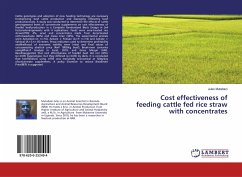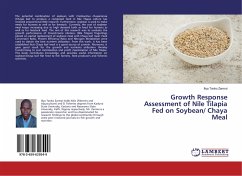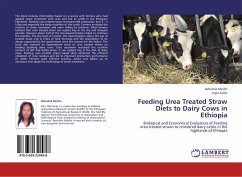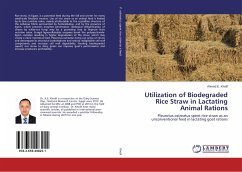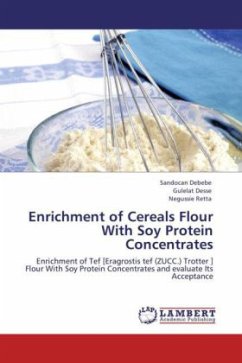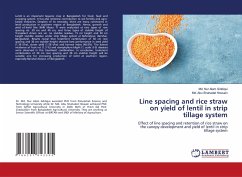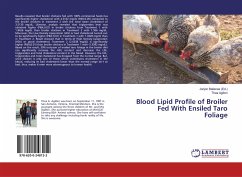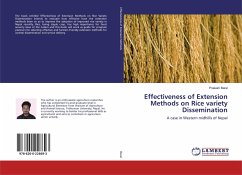Cattle genotypes and adoption of new feeding technology are necessary forimproving beef cattle production and managing efficiently beef productioncosts. A study was conducted to determine the effects of cattle genotypesand levels of concentrate supplements on cost effectiveness of feedlot beefproduction in a Complete Randomized Block Design in 3x4 factorialarrangements with 4 replications. Feeds were urea-treated rice straw(UTRS: 4%, w/w) and concentrates made from decorticated cottonseedcake (66%) and maize bran (34%). The experimental animals were Ankole(A×A: n=16), Ankole × Friesian (A×F: n=16) and Ankole × Sahiwal (A×S:n=16) steers. Proxy indicators used to determine profitability andlikelihood of economic viability were Initial and Final values of carcassexisting abattoir price (RwF 1800/kg beef); Break-even scenarios usingWhat-if Analysis in Excel, 2010; and Gross Margin (GM). Resultssuggested that cost effectiveness of feedlot beef did not differ (p>0.05) bygenotype; but they differed (p<0.05) by diets. It is concluded that beeffeedlots using UTRS was marginally economical at 500g/day ofconcentrate supplements. A policy incentive to reduce Breakeven Price(BEP) is suggested.
Hinweis: Dieser Artikel kann nur an eine deutsche Lieferadresse ausgeliefert werden.
Hinweis: Dieser Artikel kann nur an eine deutsche Lieferadresse ausgeliefert werden.

